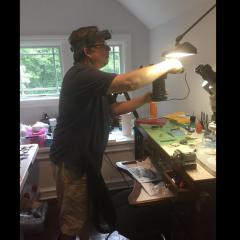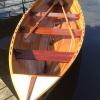Dial foot welding
-
Similar Content
-
Recently Browsing
- No registered users viewing this page.
-
Topics
-
Posts
-
I was pleased to pick up a selection of some tools on ebay (v cheap 🤣), and they've just arrived, I've been looking for a crystal press for a while, and this one is ideal But in the selection is this thing - what is it for? (it's about 3" long) Something to do with stem tubes?
-
By Neverenoughwatches · Posted
I think I've heard that more than from just Alex. That doesn't make it right though, but I'm convinced i saw some literature diagram explaining why to do that. There must be good info here in the archives, I'll have to have a dig around. -
That will mean dismantling the gear train, which with 5 pivots to align was a pain. Probably going to have to though. I'm convinced it's something to do with the great wheel.










Recommended Posts
Join the conversation
You can post now and register later. If you have an account, sign in now to post with your account.
Note: Your post will require moderator approval before it will be visible.